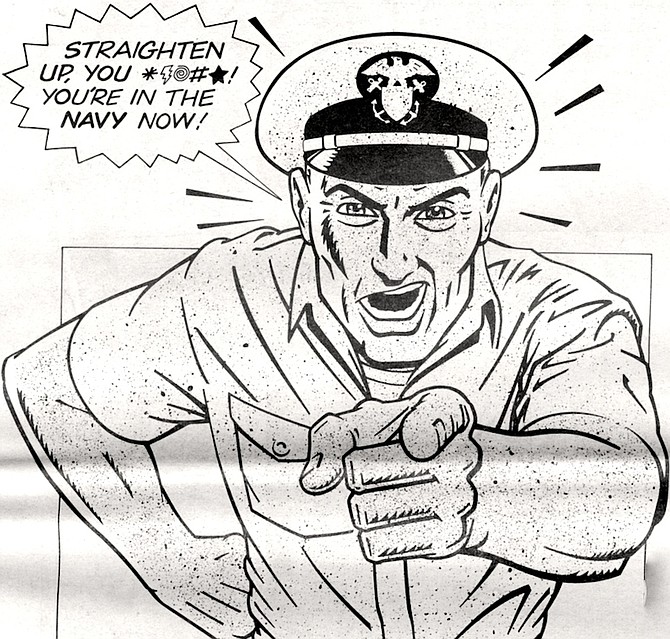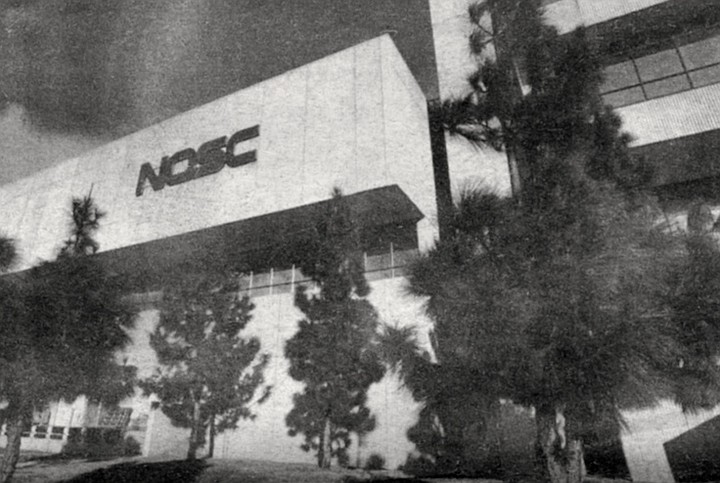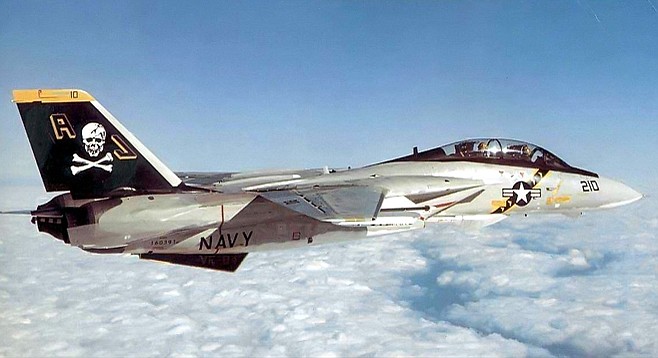 Facebook
Facebook
 X
X
 Instagram
Instagram
 TikTok
TikTok
 Youtube
Youtube

So they’ve still got companies, which have still got commanders, not to be confused with literal Commanders, commissioned officer folk figuring rankwise between Lieutenants, actually Lieutenant Commanders and Captains, themselves not to be confused with the captains of ships, i.e., commanding officers of sea units whose rank could be Lieutenant, Captain, Commander... whatever. Navy jargon for rank (and role) can be confusing — company commanders are specially chosen enlisted persons.
By Richard Meltzer, July 10, 1986 | Part 1 | Part 2

On the dance floor, twelve hundred gyrating bodies were corralled by a loose perimeter of wooden columns. A sprinkling of tables and chairs dotted the territory beyond. Table candles shed a watery light across the faces of couples shouting in conversation. Around the border of the dance floor roamed restless herds of stray dancers seeking mates. Overseeing the entire spectacle was a large painting of a World War I doughboy. He stared impassively at some unknown vision.
By Jerry Corrigan, Nov. 23, 1972 | Read full article

Convair, a division of General Dynamics, is San Diego’s largest industrial employer, with some 8400 workers involved in its aerospace and defense programs, including about 2000 people working on the Pentagon's seven-billion-dollar Tomahawk cruise missile project. Part of this work is carried out in building five at Kearny Mesa, next door to where they build the big Atlas/Centaur rocket boosters used for military and communications satellites, and as part of the space shuttle program.
By David Helvarg, Jan. 7, 1982 | Read full article

An aircraft carrier is tooling along the coast of Lebanon and one of the flight deck sailors has a momentary lapse of attention, and then boom — an F-14 Tomcat, festooned with Phoenix missiles, rolls off the deck and sinks in the deep blue Mediterranean. It's a safe bet that certain powers other than the U.S. might be interested in that plane and its payload. It's deep, maybe as much as 10,000 feet down. What now?
By Neal Matthews, Feb. 2, 1984 | Read full article

On June 15, 1988, they headed north to the Aleutians, where the F-14s played their usual games with Russian MiGs and bombers: VF-51 pilots shot excellent video of the Soviet planes on patrol while their Russian counterparts took pictures of the Tomcats (The Russian pilots probably never imagined that these pictures would eventually be shown at squadron parties in San Diego before the throngs of young women who gravitate to the American fighter jocks).
By Neal Matthews, April 13, 1989 | Read full article

“You should be a lieutenant in the Navy in five years. As soon as you get into the Navy, you get through basic training, go through your school, pass the officers’ test, and you’re going to be an officer in the Navy.” I’d have a head start because of my college degree, Robert said. I’d begin an E3 and make about $1000 a month, $200 more than a recruit with just a high school education.
By Ernie Grimm, April 18, 1996 | Read full article


So they’ve still got companies, which have still got commanders, not to be confused with literal Commanders, commissioned officer folk figuring rankwise between Lieutenants, actually Lieutenant Commanders and Captains, themselves not to be confused with the captains of ships, i.e., commanding officers of sea units whose rank could be Lieutenant, Captain, Commander... whatever. Navy jargon for rank (and role) can be confusing — company commanders are specially chosen enlisted persons.
By Richard Meltzer, July 10, 1986 | Part 1 | Part 2

On the dance floor, twelve hundred gyrating bodies were corralled by a loose perimeter of wooden columns. A sprinkling of tables and chairs dotted the territory beyond. Table candles shed a watery light across the faces of couples shouting in conversation. Around the border of the dance floor roamed restless herds of stray dancers seeking mates. Overseeing the entire spectacle was a large painting of a World War I doughboy. He stared impassively at some unknown vision.
By Jerry Corrigan, Nov. 23, 1972 | Read full article

Convair, a division of General Dynamics, is San Diego’s largest industrial employer, with some 8400 workers involved in its aerospace and defense programs, including about 2000 people working on the Pentagon's seven-billion-dollar Tomahawk cruise missile project. Part of this work is carried out in building five at Kearny Mesa, next door to where they build the big Atlas/Centaur rocket boosters used for military and communications satellites, and as part of the space shuttle program.
By David Helvarg, Jan. 7, 1982 | Read full article

An aircraft carrier is tooling along the coast of Lebanon and one of the flight deck sailors has a momentary lapse of attention, and then boom — an F-14 Tomcat, festooned with Phoenix missiles, rolls off the deck and sinks in the deep blue Mediterranean. It's a safe bet that certain powers other than the U.S. might be interested in that plane and its payload. It's deep, maybe as much as 10,000 feet down. What now?
By Neal Matthews, Feb. 2, 1984 | Read full article

On June 15, 1988, they headed north to the Aleutians, where the F-14s played their usual games with Russian MiGs and bombers: VF-51 pilots shot excellent video of the Soviet planes on patrol while their Russian counterparts took pictures of the Tomcats (The Russian pilots probably never imagined that these pictures would eventually be shown at squadron parties in San Diego before the throngs of young women who gravitate to the American fighter jocks).
By Neal Matthews, April 13, 1989 | Read full article

“You should be a lieutenant in the Navy in five years. As soon as you get into the Navy, you get through basic training, go through your school, pass the officers’ test, and you’re going to be an officer in the Navy.” I’d have a head start because of my college degree, Robert said. I’d begin an E3 and make about $1000 a month, $200 more than a recruit with just a high school education.
By Ernie Grimm, April 18, 1996 | Read full article
Comments